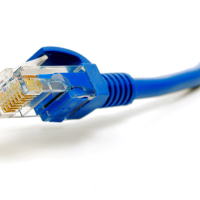The day came and went without much fanfare. I’m not talking about my recent birthday but the February 3rd 2011 “D-Day” when the Internet Assigned Numbers Authority released its 5 last octets (/8 blocks) to each Regional Internet Registry. For those of you in love with the simplicity of the IPv4 sequence, this is a sad time and you may be shrugging off internalizing the change. It’s time to face your demons, look IPv6 right in the face and say “Ok, I’m Ready. I will no longer ignore ICMP. I know you are better and use ICMPv6 for many critical functions. I love and appreciate you.” So what’s the deal with this new internet address? Does it just mean a longer number sequence or is there something more. Well, here’s the skinny. Read the following points well as they are your future.
Category: Networking
Posts that discuss networking hardware, such as routers, switches, and network adapters can be found under this category.
-
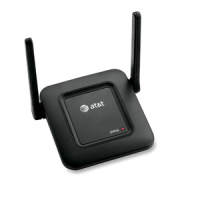
How To Increase Your Wireless Range With A Wireless Repeater
If you want to extend the signal range of your wireless computer network, a wireless repeater is the ideal option. Boosting your wireless signals can increase your system speed and amp up its performance on the Internet. A weak signal can cause a number of problems within your network. With a signal extender, you can avoid losing an internet connection in certain parts of your home.
-
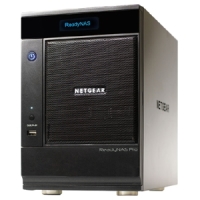
The Storage Server – Not Just For Large Businesses Anymore
The storage server is a great way of sharing common information among a group of users. These servers are connected to a network, and allow any user connected to that network to store files and other data on those servers. Over the past few years, storage servers have been more affordable, to the point where the they aren’t just used by large businesses.
For small businesses and home users, it is easier than ever to own your own storage server. There are many benefits to creating and installing a server to store data, especially if the data needs to be shared among several users.
-
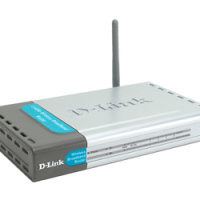
How to Secure the D-Link DI-614 Wireless Router
The D-Link DI-614+ is an older model router, that may still be in use today, so it is important to understand how to secure the D-Link DI-614 wireless router. D-Link’s technical support doesn’t officially support this model, so if you happen to use this router, I’ll bridge the gap by providing instructions on how to secure the router.
As with all wireless routers, this one isn’t secured when it is first used. It is important, however, to secure the D-Link DI-614 wireless router before you start using it. The one interesting aspect, at least from what I can tell, is that there are two revisions of this router: one that only supports WEP, and a revision B that supports WEP and WPA. I’ll make note of these differences in the steps.
-
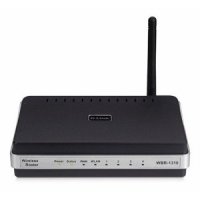
How to Secure the D-Link WBR-1310 Wireless G Router
This article will explain how to secure the D-link WBR-1310 Wireless G router. It is important, regardless of which wireless router you use, to secure the router to ensure that unauthorized individuals can’t access your Internet connection, and local network.
To prevent someone from accessing your wireless router, it is important to properly secure it. By default, wireless routers aren’t sold with security enabled, to allow you to easily connect to them. The steps outlined in this article pertain to the D-Link WBR-1310 wireless router.
-
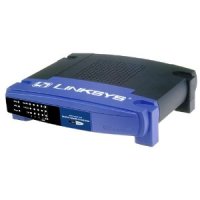
Router Configuration Pages Not Displayed Fully in Web Browser
You may run into an issue where your router’s configuration pages may not display properly, or fully, in your web browser. I have recently seen this issue with a wired router after connecting the router from one computer to another. I reset the router a few times, but the configuration pages in the browser window never completely rendered – the lower part of each web page was missing.
While I haven’t seen this before, I wasn’t sure if there was a problem with the router or the local computer I was working on. I had used this router in the past, and never experienced any problems with it, so I decided to look at the computer for the problem.
-

Internet Connection Slow in Windows 7
I like tinkering with my operating systems. I change many settings from their defaults, and sometimes the settings improve things, while other times it may break something. After I recently began exploring Windows 7, I began tinkering with some connection settings to see what they do.
Unfortunately, I had changed several settings and then realized that my broadband Internet had slowed down to a crawl. My highspeed became dialup speed. In order to solve the problem I began to undo some of the changes until I found the culprit. I eventually found the problem, which I explain in this post.
-
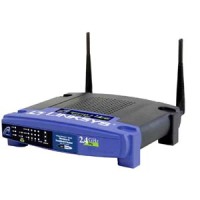
Linksys WRT54G Wireless-G Router Not Connecting to Internet
Recently, my Linksys WRT54G wireless router could not connect to the Internet. The odd thing about this was that just the day before I didn’t have any problems. I have two computers and a Wii connected to the router. Once computer is a desktop that is hard-wired into the WRT54G with a network cable. I was able to connect to the Internet with the desktop without any problems.
The second computer is a laptop, and like the Wii, it is connected to the router through the wireless connection. Neither system was able to connect, which indicated there was a problem with the wireless signal. After some testing I managed to find a solution.
